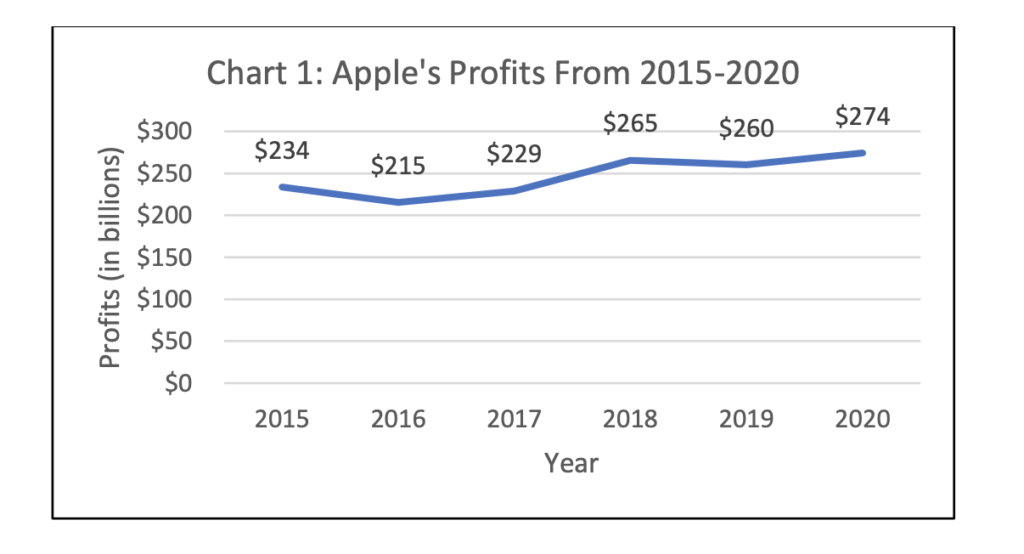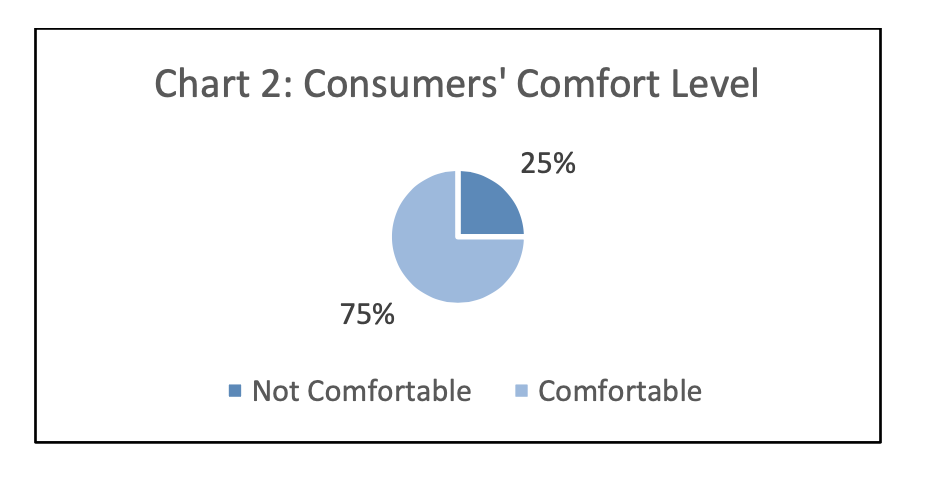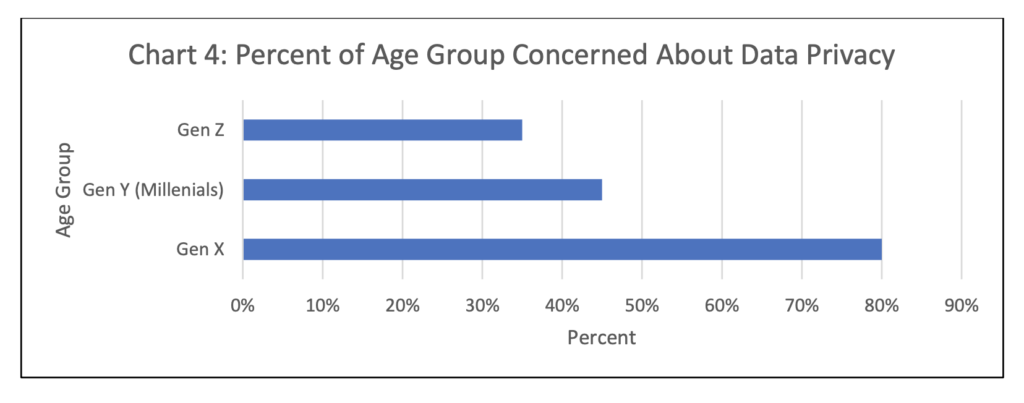By Leah Ellsworth
Data privacy is a hot topic right now. Apple, Google, Evernote and other technology companies have pushed it to the forefront of the news cycle.
Despite all of the difficulties surrounding privacy protection policies, privacy can be a competitive advantage for your brand. If handled properly, embracing privacy protection, and implementing creative ideas around privacy, not only helps the consumer feel better, but ultimately generates trust between you and your customers.
One-to-one marketing requires consumer data in order for it to be effective. The process follows a consumer through the sales funnel using data, customization, and retargeting in order to win the sale and acquire the customer.
So, encouraging consumers to share data during the current roller coaster of data privacy issues and fear is essential for successful one-to-one marketing. Many companies have already embraced data protection and they have seen positive results with their brand image and their marketing campaigns.
Companies like Apple, Adobe, and Dropbox have made significant strides to protect their customers’ data in order to make consumers feel as comfortable with their brands as possible. A common trend with each of these companies was their transparency pertaining to data use. They found that consumers now expect transparency, so they had to deliver. Customers have had a taste of control, and they like it.
For a specific example of how to navigate data privacy successfully, we look to the almighty Apple.
Recently, Apple has placed a clear focus on privacy, and it has worked to their advantage. The concept becomes more and more evident with every move they make. The company has leveraged privacy by design, data minimization, encryption, and app opt-ins, all of which have supported the brand’s privacy awareness claims (WARC, September 2020).
Apple’s continued success is a glowing example of how to turn an obstacle into an advantage. Apple started focusing on privacy policies in 2015, and their popularity continues to soar (Curry, 2021). Below, Chart 1 illustrates Apple’s profits from 2015-2020. If only we could all be like Apple!

We have established that consumer data is important and directly related to the success of one-to-one marketing. But, how prevalent is the fear of sharing information?
Are consumers really concerned with privacy? It turns out, many consumers will not share their data because they do not trust companies’ abilities to store their data harmlessly and securely. However, it has been found that if trust is gained and consumers feel their information is stored safely and securely, three out of four consumers would be likely to share personal data. (WARC, September 2019)
Let’s stop and think about how much data companies could have access to if they are able to master data privacy. That is 75% more consumer data to help one-to- one marketing succeed! Below, Chart 2 exhibits this large percent of consumers.

Continuing on this line of questioning to justify the use of a data privacy focus for one-to-one marketing: Do different age groups hold different opinions regarding data privacy?
They do! Three different age groups were investigated and compared on the topic of data privacy and their willingness to share information. The three consumer groups included: Generation X (age 41-56), Generation Y/Millennials (age 25-40) and Generation Z (age 6-24). Below, Chart 3 clearly breaks down the age groups.

As expected, Generation X consumers tend to be the most cautious age group compared to their younger counterparts with 80% of subjects found to be concerned about data privacy (Mintel, June 2009).
Generation Y consumers were found to be quite a bit less wary. In fact, 45% of this age group tend to be concerned about data privacy (Mintel, February 2021). Why is that? Perhaps it is because younger millennials grew up during “the age of the Internet.” It could be that Generation Y consumers are inclined to be digital pioneers who have been exposed to some version of the Internet their entire lives and are typically more comfortable sharing information.
Finally, Generation Z consumers, probably as predicted, were found to be the least perturbed by data privacy with 35% of the age group showing concern about data privacy (Mintel, May 2021). Gen Z consumers are considered the first digitally native generation, and similarly to Gen Y, their perspectives on technology stem from a familiar comfort surrounding all things involving technology.
As shown in Chart 4, consumers across generations are concerned about data privacy and the numbers increase as consumers age. Therefore, making all consumers feel better about sharing data will increase the success of one-to-one marketing.

Data privacy issues are here to stay and handling them properly can be beneficial to consumers and brands. Consumers of all ages have concerns about sharing information and getting consumers to share information increases productivity. What actions can be taken to get consumers to share information? Never fear! There are ideas to try!
It has been found that consumers tend to be more inclined to share personal information with brands if these brands give them something in return.
A recent example of trust within an industry is evident with healthcare companies. The COVID-19 virus jump started virtual doctor’s appointments, even though lots of personal information and data had to be shared in order for the service to be provided accurately, consumers shared their data willingly.
Now, it is apparent that people are continuing to move in this direction. Not only is there a time benefit to both the patient and the doctor, these companies also managed to build trust during a crisis by providing quality, reliable, convenient services in a new way (Mintel, November 2020).
Of course, the health crisis forced consumers to get comfortable sharing their data to receive medical care virtually. Building on the idea that sharing data safely and securely enables consumers to benefit from quality services is noteworthy for any industry.
Another action that can build consumer trust is adding personal content to help consumers feel special. Amazon and Spotify are excellent examples of brands that personalize. When a consumer is logged into their Amazon account, they are greeted with a personalized “Hi, Your Name” tab, a “Keep shopping for” tab, which shows items they recently viewed, and “Explore more items” which leads to discovery based on previous purchases and browsing data.
On the Spotify main search page, there is a “Made for you” folder with specialist playlists made just for that consumer. Below, Graphic 1 provides a visual.
The list includes a “Release Radar” mix, with new songs the company predicts a consumer will like based on their previous listening.
Personalization and customization ideas do not have to be this complex to achieve the desired results. Personalization can be as simple as a happy birthday email with a discount code on a consumer’s birthday. These tactics make consumers feel connected and loyal to the brand they use and result in building a sense of trust which leads to the sharing of data.
In addition, shifting consumer’s mindsets to a more open state when sharing data with brands gives the brand more opportunities to create customized content and provide more accurate recommendations. If a company is able to genuinely pull off personalization, consumers are likely to feel a stronger connection to the brand – almost like a partnership – which will result in brand loyalty and, of course, additional purchases.

The success of adapting these ideas and building consumer trust is absolutely dependent on combining them with the ability to safely and securely store consumer information transparently and ethically.
One thing is clear, there is still a large portion of the population who have data privacy concerns, and marketers can no longer ignore them.
Some consumers believe that data privacy is a fundamental human right and the way companies are taking advantage of available data is an ethical issue (WARC, September 2020). Even two of the giants in the industry disagree on the future of data privacy and how it should be handled. Apple’s CEO, Tim Cook, stated that personal data “is being weaponized against us with military efficiency,” while Facebook’s founder, Mark Zuckerberg believes, “privacy is no longer a social norm,” (WARC, November 2018).
Regardless of how one feels about this complicated issue, handling consumer data safely, securely, ethically, and transparently is the key to any company’s ability to build consumer trust.
As for one-to-one marketing and data privacy, improving trust by providing safe and secure storage of data will get consumers to share information and will increase sales. This recipe will create a long-term competitive advantage for the company, make consumers of all ages feel protected and connected to the brand and turn the complicated issue of data privacy into an asset! It’s a win-win situation for everyone involved — so brace yourself and hop on the data privacy train because it’s moving forward with or without you!
About the Author:
Leah Ellsworth is currently pursuing a Master of Arts Degree in Advertising at The University of Texas at Austin and plans to graduate in May 2022. She also works full time at Dell Technologies. Leah resides in Austin, Texas.
References
Curry, David. “Apple Statistics (2021).” Business of Apps, June 2021.
Mintel. “Gen X Finance.” Mintel, June 2009.
Mintel. “Marketing to Millennials.” Mintel, February 2021.
Mintel. “Marketing to Generation Z.” Mintel, May 2021.
Mintel. “The Changing Face of US Healthcare.” Mintel, November 2020.
WARC. “Brands Benefit from Data Transparency Practices.” WARC An Ascential Company, September2019.
WARC. “Data Privacy: The New Competitive Advantage.” WARC An Ascential Company, November 2018.
WARC. “What We Know about Data Protection and Privacy.” WARC An Ascential Company, September 2020.
